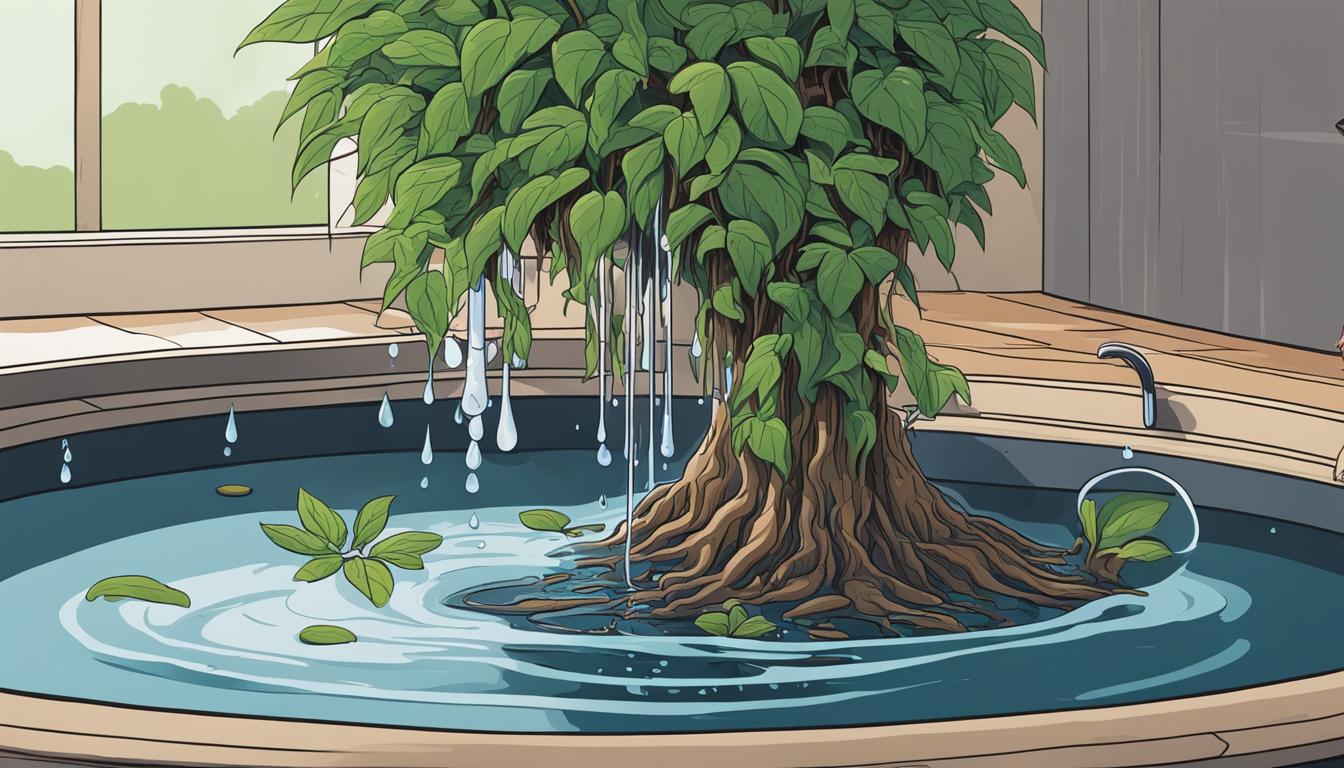
Proper drainage is essential for the health and well-being of indoor plants. Without it, plants can suffer from root rot and other water-related issues. To ensure that your indoor plants thrive, it’s important to have a drain system in place and follow some indoor plant drainage tips.
Let’s explore the importance of proper drainage for indoor plant care and learn how to ensure that your plants have optimal drainage.
Key Takeaways:
- Proper drainage is crucial for the health of indoor plants and prevents water-related issues like root rot.
- A good drain system and indoor plant drainage tips are essential for ensuring optimal drainage for your plants.
- Signs of poor drainage in indoor plants include waterlogged soil, yellowing leaves, and a foul smell.
- To improve drainage, choose a planter with drainage holes, use a drainage-friendly potting mix, and avoid placing rocks at the bottom of the pot.
- If your pots don’t have drainage holes, you can drill them yourself, but take caution and wear protective gear.
The Importance of Drainage for Indoor Plants
Good drainage is essential for preventing waterlogged indoor plants. If the roots sit in water for too long, it can lead to root rot and other issues.
Proper drainage allows excess water to drain away, ensuring that the roots have adequate oxygen and minimizing the risk of overwatering. Here are some signs of poor drainage and solutions for waterlogged indoor plants.
Signs of Poor Drainage
- Yellowing or wilting leaves
- Mold or fungus growth on the soil surface
- Foul odor coming from the soil
- Stagnant water pooling at the bottom of the pot
If you notice any of these signs, it’s a clear indication that your indoor plants are not draining properly and need immediate attention.
Solutions for Waterlogged Indoor Plants
- Remove the plant from its pot and assess the root system. Trim off any damaged or rotting roots.
- Repot the plant in a container with proper drainage holes and fresh, well-draining potting mix.
- Water the plant only when the top inch of the soil feels dry to the touch.
- Consider using a moisture meter to accurately gauge the moisture levels in the soil.
- Create a drainage layer at the bottom of the pot using pebbles or perlite to improve water flow.
- Elevate the pot slightly above the saucer to allow excess water to drain freely.
By ensuring proper drainage for your indoor plants, you can promote their overall health and prevent water-related issues. Regularly check for signs of poor drainage and take necessary steps to improve the drainage system, if required. With optimal drainage, your indoor plants will thrive and add beauty to your living space.
Tips for Improving Drainage
When it comes to indoor plants, ensuring proper drainage is essential for their health and wellbeing. Here are some tips for improving drainage and promoting optimal plant growth:
1. Choose the right planter
Opt for a deep, tall pot with drainage holes to allow excess water to escape. This will prevent water from pooling at the bottom and ensure proper aeration and drainage for the roots.
2. Use a drainage-friendly potting mix
Select a potting mix specifically designed for indoor plants, as traditional soil from outside may not provide adequate drainage. Look for mixes that contain materials like peat moss, vermiculite, and perlite, which promote water flow and prevent waterlogging.
3. Avoid using rocks at the bottom of the pot
Contrary to popular belief, placing rocks at the bottom of the pot does not improve drainage. In fact, it can hinder water flow by creating a barrier for excess water to escape. Instead, rely on a well-draining potting mix and adequate drainage holes for optimal results.
4. Monitor watering habits
Overwatering is a common cause of poor drainage and can lead to root rot. To prevent this, only water your indoor plants when the top inch of soil feels dry to the touch. Remember, it’s better to underwater than to overwater.
By implementing these tips, you can greatly improve the drainage of your indoor plants and create an environment that promotes healthy growth. Ensuring proper drainage will help prevent water-related issues and keep your plants thriving.
| Drainage Method | Effectiveness Rating (out of 5) |
|---|---|
| Using a pot with drainage holes | 5 |
| Using a drainage-friendly potting mix | 4 |
| Avoiding rocks at the bottom of the pot | 4 |
| Monitoring watering habits | 5 |
Note: Effectiveness rating is subjective and may vary depending on individual plant needs and care practices.
Drilling Drainage Holes in Pots
Proper drainage is essential for the health and vitality of your indoor plants. If your pots do not have drainage holes, it’s important to drill them yourself to prevent waterlogged plants.
Draining excess water is crucial to avoid root rot and other water-related issues that can harm your plants. Here’s a step-by-step guide on how to drill drainage holes in pots:
- Select the right pot: Choose a pot that you want to add drainage holes to. It should be made of a material that can withstand drilling, such as plastic, ceramic, or clay.
- Choose the right drill bit: Use a masonry bit or a diamond-tip drill bit to create the drainage holes. These are designed to drill through tough materials like ceramic or clay.
- Mark the spot: Decide where you want to drill the holes. It’s best to place them near the bottom of the pot to ensure effective drainage. Use a marker or a piece of tape to indicate the spot.
- Drill the holes: Put on safety goggles and gloves for protection. Start drilling at a slow speed, applying gentle pressure. Gradually increase the speed and continue drilling until the hole is complete. Be patient and avoid applying excessive force, as this can crack the pot.
- Ensure proper airflow: After drilling the holes, check if any debris is blocking the drainage. Use a brush or a cloth to remove any dirt or fragments that may hinder the water from flowing freely.
By following these steps, you can create proper drainage in your pots and provide a healthy environment for your indoor plants. Remember to always water your plants with care, allowing the excess water to drain away and avoiding waterlogging.

Tips for Plugging Drainage Holes
In some cases, you may want to plug the drainage holes in your pots, especially if you’re using decorative planters without drainage. Here are a few methods to plug drainage holes:
- Duct tape: Cut a piece of duct tape and place it over the drainage hole. Ensure that it covers the hole completely to prevent water from escaping.
- Rubber stoppers: Purchase rubber stoppers that fit the size of the drainage hole. Insert them tightly into the holes to seal them off. This method allows you to easily remove the stoppers and reinstate drainage when needed.
It’s important to note that while plugging drainage holes can be useful in certain situations, it’s generally recommended to have proper drainage for the overall health of your indoor plants. Use these methods for temporary solutions or when decorative planters are involved.
Staging Plants for Better Drainage
Staging is an effective technique that can greatly improve drainage for indoor plants, particularly when the pots do not have drainage holes.
This method involves keeping the plant in its plastic nursery pot and placing it inside a decorative planter. By doing so, any excess water can freely drain away, preventing waterlogging and promoting healthier roots.
One of the advantages of staging is that it provides a drain system for houseplants, allowing the water to escape and avoiding the accumulation of moisture at the bottom of the pot. This is especially beneficial for plants that require well-drained soil, such as succulents and cacti.
Besides the practical benefits, staging also offers aesthetic advantages. It allows you to choose a decorative planter that matches your home decor, enhancing the overall visual appeal of your indoor plants. With the plastic nursery pot hidden within the decorative planter, you can achieve a more polished and stylish look.
Staging Plants: Step-by-Step Guide
- Select a decorative planter that is slightly larger than the plastic nursery pot of your plant.
- Ensure the plastic nursery pot has drainage holes. If it doesn’t, consider drilling some to facilitate better water flow.
- Place a layer of gravel or small pebbles at the bottom of the decorative planter to create additional space for water to accumulate.
- Insert the plastic nursery pot into the decorative planter, making sure it sits securely.
- Water your plant as usual, allowing the excess water to drain freely into the decorative planter.
By following these indoor plant drainage tips, you can effectively stage your plants and provide them with optimal drainage, even without drainage holes in the pots.
Remember, proper drainage is crucial for the health and vitality of your indoor plants, so incorporating staging into your plant care routine can make a significant difference.
Choosing the Right Potting Mix
When it comes to indoor plant care, one important aspect that often gets overlooked is the choice of potting mix. The right potting mix can make all the difference in ensuring proper drainage and preventing waterlogged indoor plants. So, here are some tips to help you choose the right potting mix for your beloved green friends.
Firstly, it’s crucial to avoid using traditional soil from outside in your indoor plant pots. This type of soil tends to be heavy and compact, leading to poor drainage and potential waterlogging. Instead, opt for a specially formulated potting mix that is designed for container gardening.
These mixes are lightweight and typically include materials like peat moss, vermiculite, and perlite, which improve water flow and root aeration.
When selecting a potting mix, consider the specific needs of your plants. Some plants prefer a more well-drained soil, while others thrive in slightly moisture-retaining mixtures. Read the labels of potting mixes carefully to determine if they are suitable for your indoor plants.
Remember, choosing the right potting mix is essential for maintaining the health and vitality of your indoor plants. By providing them with a well-draining and nutrient-rich environment, you can prevent waterlogging and promote optimal growth.
So, take the time to research and select the best potting mix for your indoor plant collection, and watch them thrive with proper drainage.
FAQ
Why is proper drainage important for indoor plants?
Proper drainage is important for indoor plants because it helps prevent waterlogged conditions, which can lead to root rot and other issues. Good drainage allows excess water to drain away, ensuring that the roots have adequate oxygen and minimizing the risk of overwatering.
How can I tell if my indoor plants have poor drainage?
Signs of poor drainage in indoor plants include water pooling on the surface of the soil, yellowing or wilting leaves, and a foul smell coming from the pot. If you notice any of these signs, it’s important to address the issue of poor drainage to prevent further damage to your plants.
What can I do to improve drainage for my indoor plants?
There are several methods you can use to improve drainage for indoor plants. One important step is to choose a planter with drainage holes and use a drainage-friendly potting mix. If your pots do not have drainage holes, you can drill them yourself or use staging techniques to allow excess water to drain freely.
How do I drill drainage holes in pots?
To drill drainage holes in pots, you will need a drill with a masonry bit. Choose a spot on the bottom of the pot and carefully drill a hole. It’s important to be cautious when drilling and wear protective gear to prevent accidents. Once the hole is drilled, excess water will be able to escape, preventing waterlogged plants.
Can I plug drainage holes if needed?
Yes, you can plug drainage holes if needed. This can be done using duct tape or rubber stoppers. However, it’s important to note that plugged drainage holes may result in poor drainage and potential waterlogging, so it’s generally recommended to have drainage holes in your pots.
What is staging and how does it improve drainage?
Staging is a technique that involves keeping the plant in its plastic nursery pot and placing it inside a decorative planter. This allows excess water to freely drain through the drainage holes of the nursery pot, preventing waterlogging. Staging is especially useful for plants that require well-drained soil, such as succulents.
What kind of potting mix should I use for proper drainage?
It is recommended to use a specially formulated potting mix for indoor plants. Traditional soil from outside does not drain well in pots. The potting mixes are lightweight and contain materials like peat moss, vermiculite, and perlite, which promote water flow and root aeration. By choosing the right potting mix, you can ensure that your indoor plants have optimal drainage.

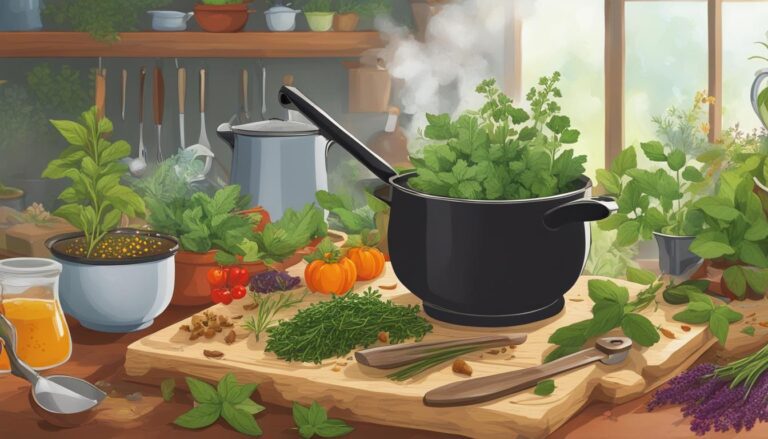
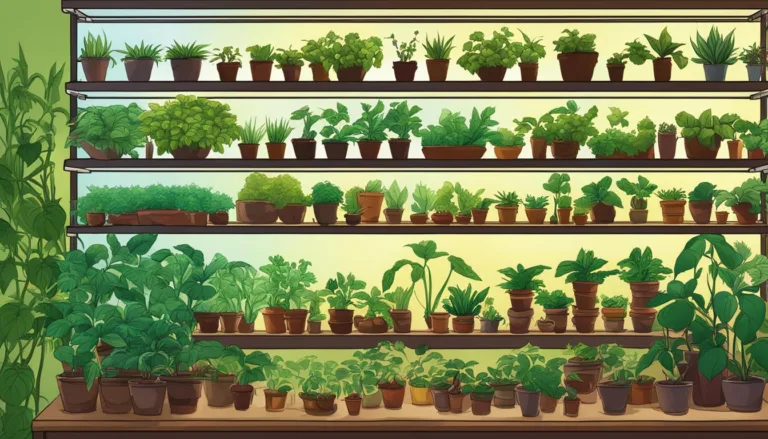
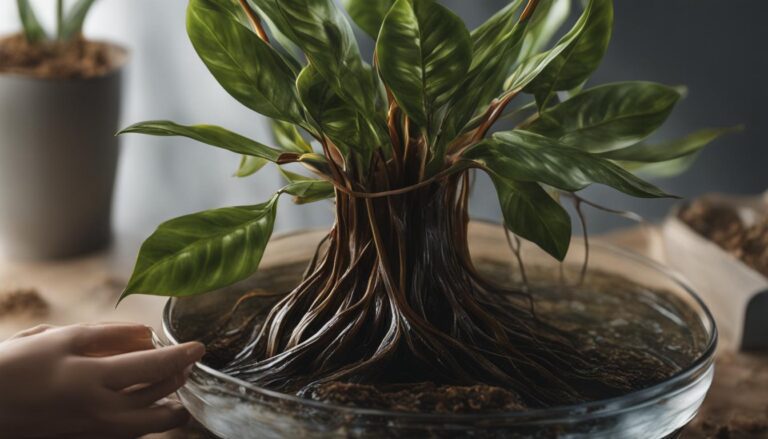
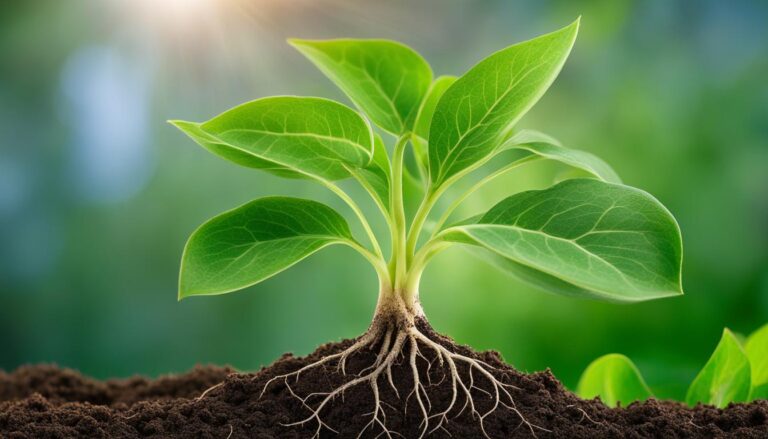

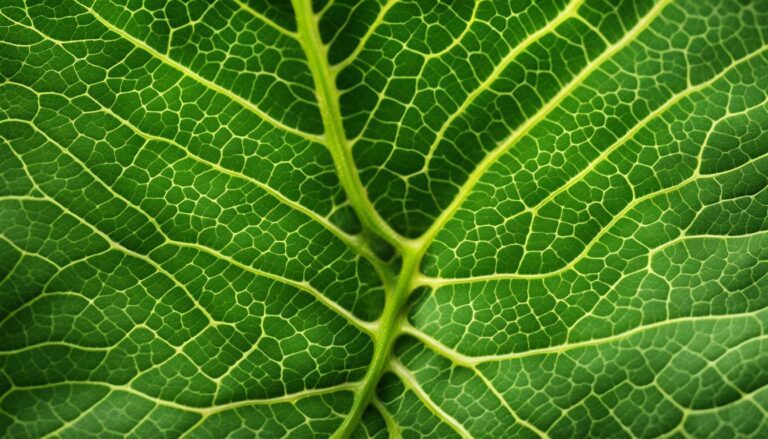
One Comment
Comments are closed.